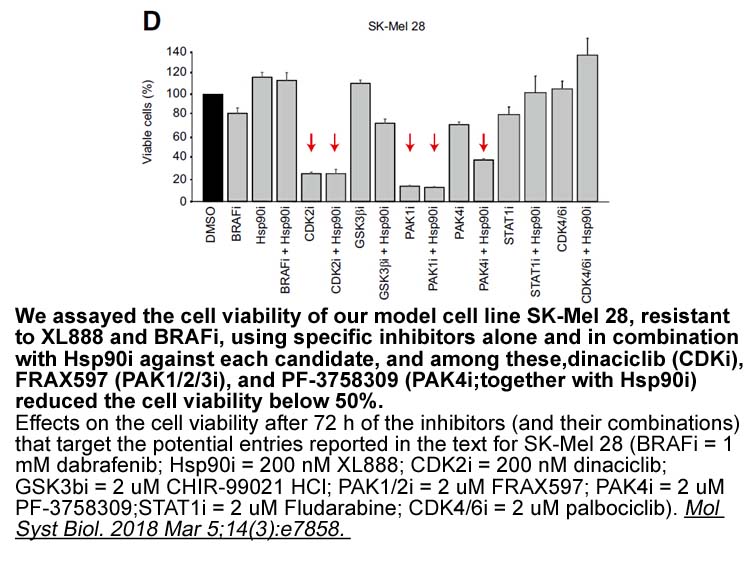Archives
buy Z-YVAD-FMK Our study pointed to a way
Our study pointed to a way for biomarker analysis or discovery and the possibility for cancer screening using the urine proteome. The algorithm for cancer screening illustrated a way to detect cancer with reduced false positive rate while keeping false negative rate in a reasonable range. Importantly, our algorithm demonstrated that with pan-human RIs, it was possible to use relatively small number of samples (106 samples covering 7 cancers) to obtain a cancer outlier pool that could distinguish samples from cancer patients and healthy individuals. Many proteins in cancer outlier pool have clear relationship with cancer. For example, CEACAM1, CEACAM6, and CEACAM8 (see Supplementary Table 6) are carcinoembryonic buy Z-YVAD-FMK that are utilized as tumor maker in clinic (Hammarstrom, 1999). IDH2, MTOR and SF3B1 (see Supplementary Table 6) are encoded by cancer driver genes (Rubio-Perez et al., 2015). IDH2 (isocitrate dehydrogenase 2) catalyzes the oxidative decarboxylation of isocitrate to α-ketoglutarate (α-KG) while reducing NADP+ to NADPH (DeBerardinis et al., 2007). The dysfunction of IDH through mutation or alteration in expression level has been observed in numerous types of cancers (Lv et al., 2012). MTOR, mammalian target of rapamycin, has emerged as a critical effector in cell-signaling pathways commonly deregulated in human cancers (Guertin and Sabatini, 2007). Together, these examples suggested that proteins closely related to cancer could be picked up by our algorithm.
We noted several limitations to the current study that warranted further development. First, the current RIs were defined in iFOT and it was only a relative concentration in the total measurable urine proteome. The total urine proteome was used for normalization and therefore, RIs had no unit. We could not define the RIs in a clinical lab more friendly fashion, i.e. in the unit of g or mol per mol creatinine (to normalize for differences in urinary output). Second, we measured the high-speed sediment of urine, not the total urine, to get rid of the most abundant soluble urine proteins to favor MS detection, thus, our RIs must be used with the same operational procedures – high-speed urine sediment, SDS-PAGE then followed by LC-MS measurements. Third, although the pan-human RIs established in this study were based on the large dataset of urine proteomes from healthy persons, the coverage of p opulation was still limited when considering factors of genders and age. Most of test subjects were in the age group of 25 to 55, while older people and children were not included. They were expected to have unique and different proteomes and must be dealt with separately. Furthermore, as the dataset only include data from people of Chinese ethnicity, cautions should be taken when comparing them to data from people of other ethnicities. Diversities of urine samples in gender, age, and ethnicities should be considered in future studies. Additionally, while our workflow is a good compromise between throughput and the depth of the urine proteome, it would be more useful to automate the system, decrease sample preparation time, adopt a gel-free method and further increase sample throughput (Court et al., 2015; Santucci et al., 2015; Yu et al., 2014).
The following are the supplementary data related to this article.
opulation was still limited when considering factors of genders and age. Most of test subjects were in the age group of 25 to 55, while older people and children were not included. They were expected to have unique and different proteomes and must be dealt with separately. Furthermore, as the dataset only include data from people of Chinese ethnicity, cautions should be taken when comparing them to data from people of other ethnicities. Diversities of urine samples in gender, age, and ethnicities should be considered in future studies. Additionally, while our workflow is a good compromise between throughput and the depth of the urine proteome, it would be more useful to automate the system, decrease sample preparation time, adopt a gel-free method and further increase sample throughput (Court et al., 2015; Santucci et al., 2015; Yu et al., 2014).
The following are the supplementary data related to this article.
Conflicts of Interests
Author Contributions
Acknowledgments and Funding Sources
This project was supported by an internal research grant from the Joint Center for Translational Medicine (BPRC-Baodi-001) between Beijing Proteome Research Center and Tianjin Baodi Hospital, and an International Collaboration Grant 2014DFB30010 from the Ministry of Science and Technology of China.
Introduction
In individuals vulnerable to depression and suicide an exaggerated reaction to environmental stressors, such as life events, is found in the stress-regulating systems of the brain (Turecki et al., 2012). This hyper-reactivity stems from the interaction of genetic, early developmental and environmental factors (Sun et al., 2013). The hypothalamo-pituitary-adrenal (HPA) axis holds a prominent position in the network mediated by stress- and reward-related neurotransmitters and neuromodulators, and is significantly affected in depression (Bao et al., 2012) and suicide (Turecki et al., 2012).In depression, the hypothalamic paraventricular nucleus (PVN), which is the regulating center of the HPA-axis, shows not only an increased production of corticotropin-releasing hormone (CRH) (Raadsheer et al., 1995; Bao et al., 2005), but also changes in the expression of certain CRH-activity-related receptors that render the PVN more sensitive to stress (Wang et al., 2008). Both increased CRH and increased corticosteroid levels may induce depressive-like behavioral changes (Holsboer, 2001).